Sony WH-1000XM4 vs Sony WH-1000XM3: Clash of the Titans
Can Sony's latest flagship headphones usurp the previous champ?
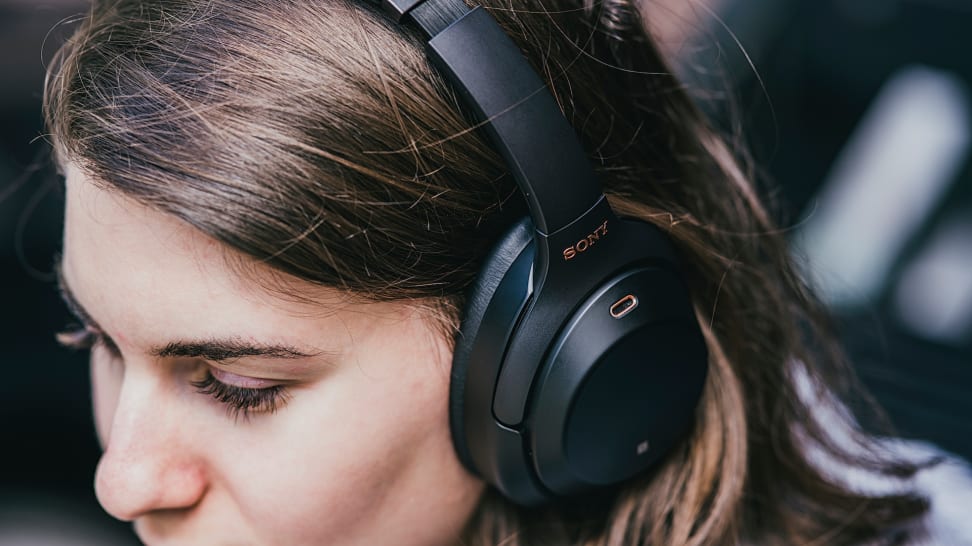 Credit:
Reviewed
Credit:
Reviewed
Products are chosen independently by our editors. Purchases made through our links may earn us a commission.
If you're a headphone enthusiast, we're willing to bet you've heard of Sony's WH-1000XM line up. The new WH-1000XM4 over-ear noise-canceling headphones, which just launched over the summer, are instantly among the best headphones you can buy, full stop.
Even if you're just hearing of Sony's latest flagship cans, you're probably already well aware of the headphones they're designed to replace: the excellent Sony WH-1000XM3. While the XM3 hit the market back in 2018, they've been our top-rated headphones right up until the new XM4 arrived. So, the big question becomes, should you buy the flashy new XM4, or save some money and get the still-super-excellent XM3? Let's break it down, y'all.
Price

Considering they're two years apart, you'd probably expect a decent price discrepancy between these two headphones—and you'd be right on the money (er, right about the money).
When the older XM3 launched, it was the exact same price as the XM4: $350 (technically, $348). However, nowadays you can find the XM3 at places like Amazon or Crutchfield for around $100 less. So from a strict dollars and cents perspective, the older XM3 will carry the friendlier price tag, even if buying it from Sony directly still costs around $350.
Our pick: Sony WH-1000XM3
Design and style
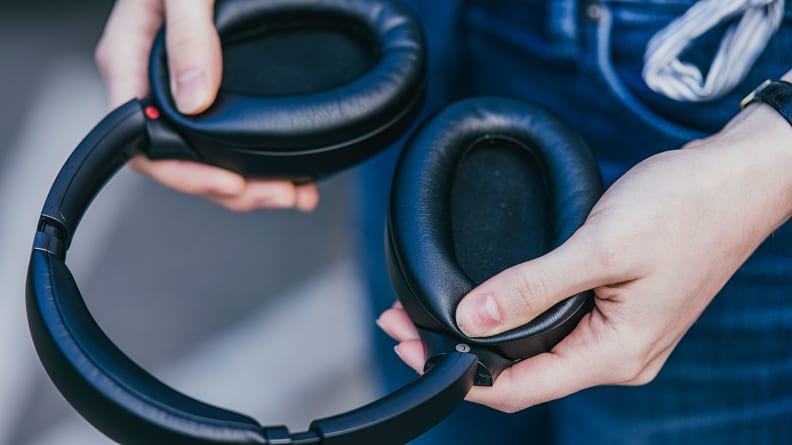
This is one category where comparing these headphones is kind of a pain—precisely because of how intelligently designed and comfortable both sets of Sony flagship headphones are.
When I first tried out the XM3, I was blown away by how lightweight, comfortable, and utterly "wearable" they were over long periods of time. I'm a huge fan of over-ear headphones—I tend to think they're much more comfortable than on-ear and in-ear/earbud types—but the XM3 are on another level.
Very little has changed for the XM4. They offer great ear-cup and band padding, a lightweight chassis, and just the right amount of clamp force. Frankly, they're so similar it would feel disingenuous just to pick the newer model simply because it's newer.
Our pick: Tie
Battery life
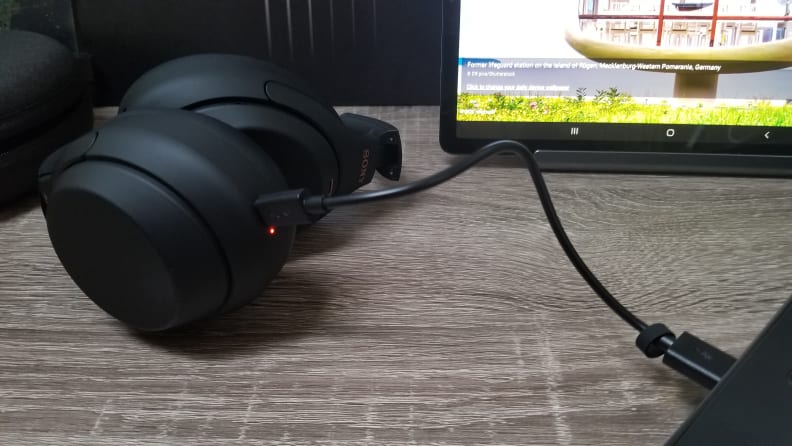
This is another area where these headphones compare very similarly. While the exact battery life you'll get out of either the older XM3 or newer XM4 headphones depends a lot on how many features you utilize (both will last a lot longer with noise canceling turned off, for example), generally you can expect around 30 hours of battery life from both headphones.
Our pick: Tie
Features

While the XM3 and XM4 might be almost identical in terms of things like design and battery life, the XM4 sweetens the pot considerably. However, it's really up to you to decide whether you "need" the new features or not.
The XM4's biggest new feature is "Speak-to-Chat." You can read more about it in our full review, but it's basically a feature that allows the headphones to learn and listen for your voice, meaning you only need to speak to pause them.
This is a really cool feature if you hate fumbling for on-set touch controls or your phone when you just want to start a conversation or respond to someone.
The XM4 also allows you to connect to two Bluetooth devices (like a smartphone and laptop, or laptop and tablet) at the same time, which is especially convenient in the pandemic era, though you should be aware you can't play music simultaneously. Additionally, the XM4 ups the ante in terms of audio codecs: where the XM3 utilizes the "DSEE HX" codec, the XM4 has "DSEE Extreme." Both DSEE codecs work to upscale lossy file types (such as MP3), fleshing their audio quality out and upscaling it in an attempt to match lossless audio types in terms of fidelity.
Generally, the XM4 does everything the XM3 does and more. It's an easy call from a features perspective.
Our pick: Sony WH-1000XM4
Sound quality
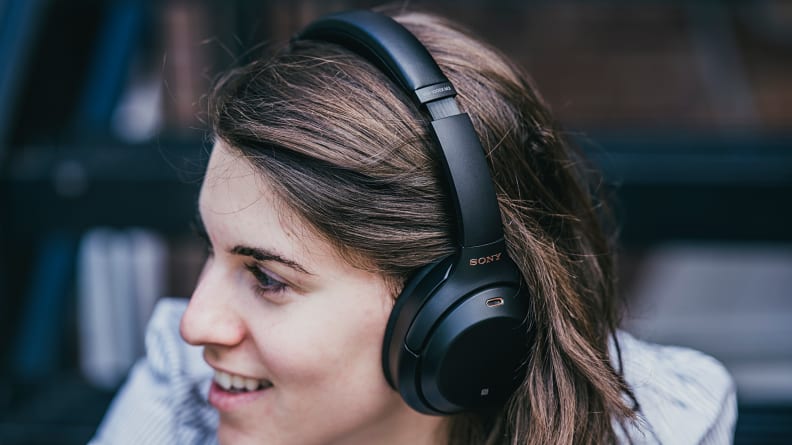
This is one of the chief reasons to purchase either of these headphones. While they're widely touted as amazing noise canceling headphones, one of their biggest claims to fame is how incredible they sound.
While they might not compete with DAC/AMP powered audiophile cans in the four-digit price range, as consumer headphones go, both the XM3 and XM4 are some of the best-sounding headphones we've tested. This is bolstered by Sony's excellent and customizable EQ options within the Sony Headphones Connect app, which allows you to smoothly tailor playback to a variety of pre-sets, or design your own.
Unfortunately for anyone hoping for a clear winner in this category, they both sound equally awesome to us.
Our pick: Tie
Wireless connection
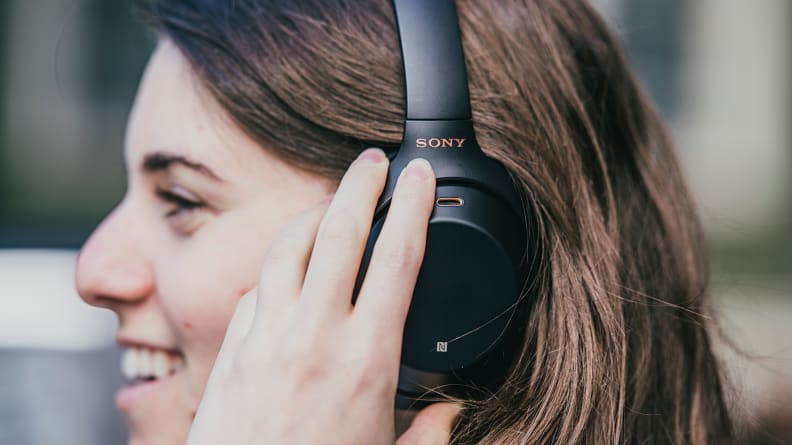
Both the XM3 and the XM4 feature Bluetooth version 5 connections, and in testing, both boasted a very respectable range (around 25-30 feet) before connectivity started to get spotty.
When it comes to connecting over Bluetooth, likewise, both of these headphones connect to the source device almost instantaneously. They're blazing fast compared to a lot of what's out there, but also just about neck-and-neck with one another.
Our pick: Tie
Noise Canceling
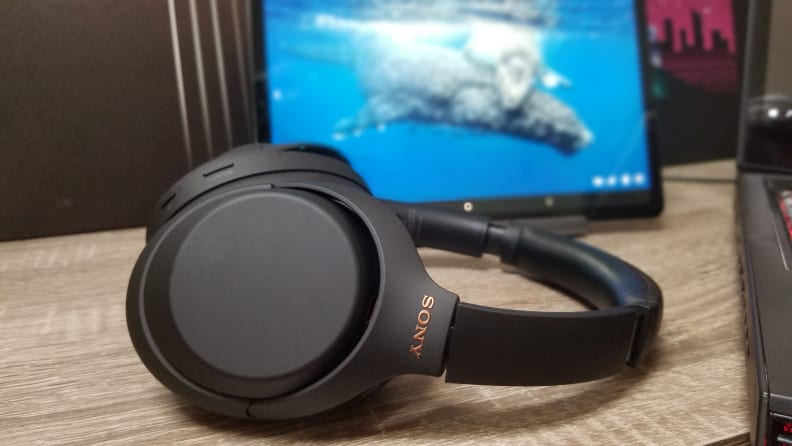
Last but certainly not least, how do the XM3 and XM4 compare in terms of noise canceling? Both of these utilize Sony's excellently tuned "Adaptive Noise Canceling" They're kitted out with exterior mics that listen to your surroundings and intelligently cancel noise (this is also how Speak-to-Chat works, and generally how Active Noise Canceling works).
The "Adaptive" branding isn't just jargon, either. Not only do the XM3 and XM4 actively cancel noise, but they both also adapt to the activity they're being used for, automatically shifting noise canceling through pre-sets like "Staying," "Walking," "Running," and "Commuting." They can even be tuned to measure your current barometric pressure and adjust to account for it on flights. Almost all of this relies on the Sony Headphones Connect app, regardless of whether you're using the XM3 or XM4.
All that to say, they're both great noise cancelers and their skills in this area are nearly impossible to differentiate.
Our pick: Tie
And the winner is ...
Unfortunately, this one's fairly inconclusive. But there's an easy way to think about it.
If both of these headphones cost $350, the XM4 is the one to buy. It has more features and small improvements that might not be immediately obvious in a forest-for-the-trees kind of way, but that are folded into the newer model's abilities as a whole.
However, if you can find the XM3 at a notable discount (it's often around $100 off at certain online retailers), the XM3 might be the better deal. It doesn't have quite the entire list of features that the XM4 does, but unless you really want Speak-to-Chat or dual Bluetooth connection, you're still getting the lion's share of what you'd get with the XM4 by buying the slightly older XM3.
